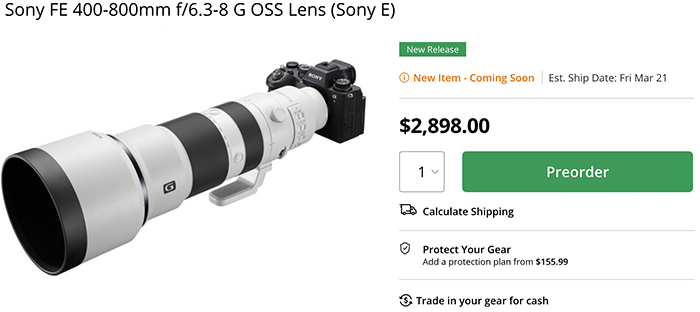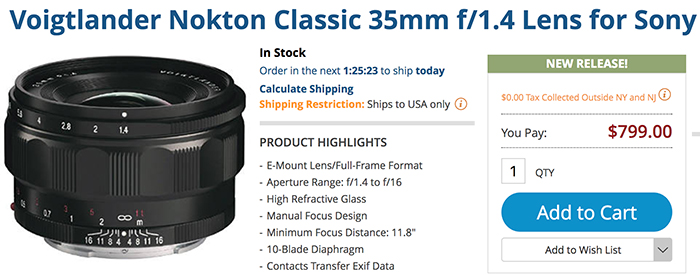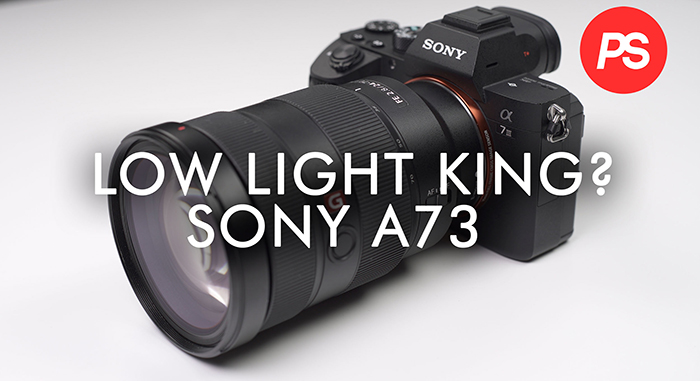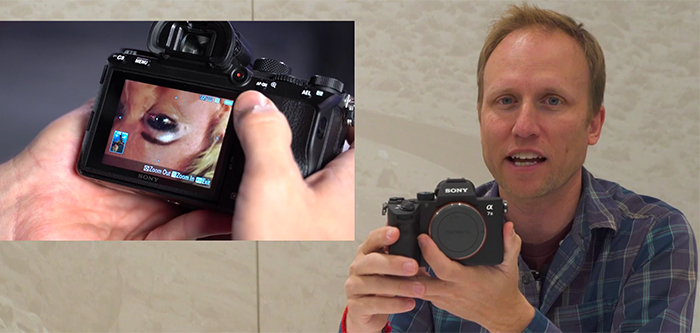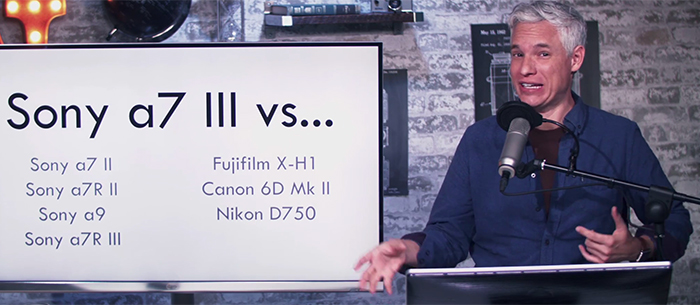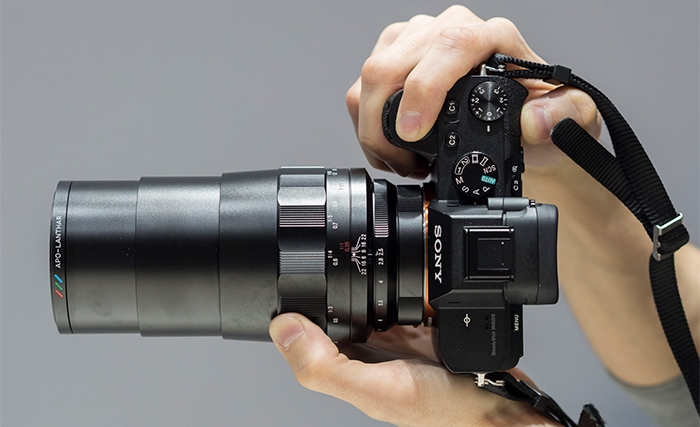Dpreview: “Sony a7 III dynamic range and high ISO improve over its predecessor”

Dpreview tested the dynamic range of the new A7III:
The a7 III’s image quality more or less matches what we’ve come to expect from modern, well-performing full-frame sensors. There’s really not much difference between the a7 III, the a7R III, the a7R II, or the Nikon D850 for that matter.
The a7 III does show a marked improvement over its predecessor at high ISOs, both in dynamic range and general noise performance, thanks to a number of sensor improvements (efficiency, BSI, dual-gain, etc.). Interestingly, the a7 III, which we’d imagine shares a similar sensor to the a9 minus the stacked design, offers roughly 1 EV more dynamic range than that camera at ISOs 100 and 640 (though the cameras even out at the highest ISOs). General noise performance of the a9 – if you’re not pushing your files – is similar though.
The a7 III offers great image quality performance at an affordable price point. That said, it’s not image quality that sets this camera apart from its contemporaries but, rather, its significant other capabilities like autofocus, silent shooting, video and a number of other things we’ll be delving into in our full review.

And Photons To Photos added the A7III to their noise performance chart. The A7III proves to have a much lower noise at mid-high ISO.
Sony A7III preorder links:
Sony A7III in USA at Adorama, BHphoto, Amazon, BestBuy, FocusCamera, BuyDig.
Sony a7III in Europe at Amazon DE, Calumet Germany, Amazon UK, ParkCameras UK, WexUK, Amazon FR, Amazon IT, Amazon ES.
Join our Sony A7III Facebook group!
